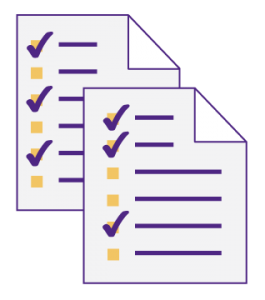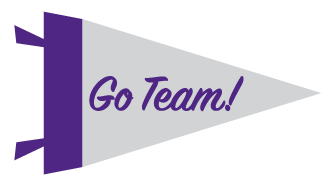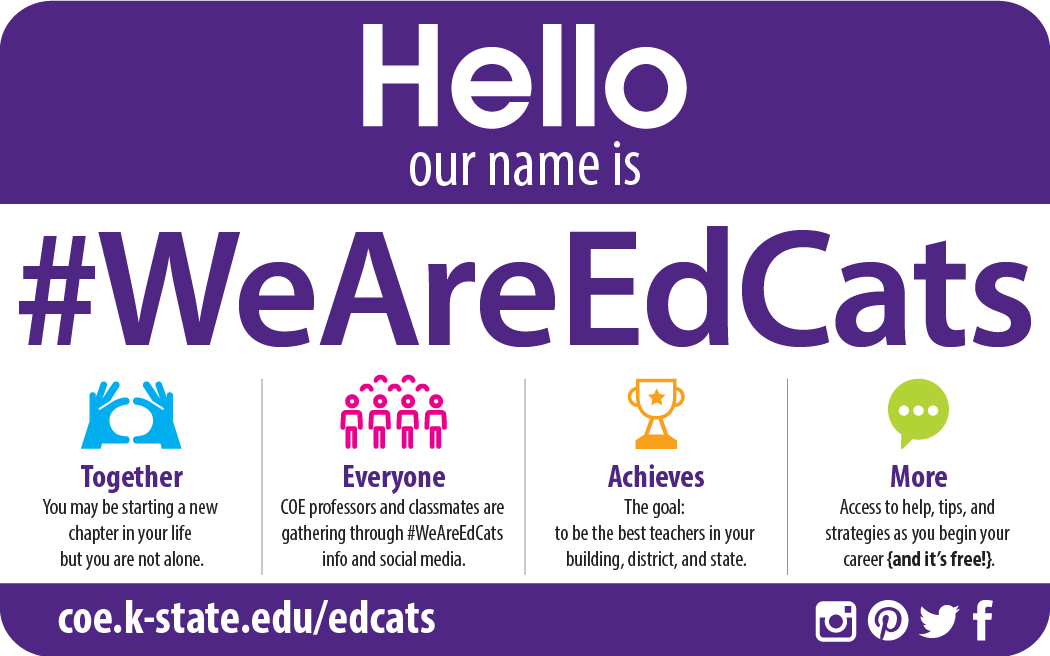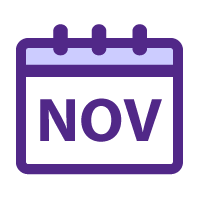 Outside your classroom, you’ll find that you’re asked, or possibly required, to take on other duties around your school. Some of the more common tasks: bus duty (before and/or after school), gym supervision (before and/or after school), lunch supervision, and recess. Plus there are all the club sponsorships available at the various grade levels.
Outside your classroom, you’ll find that you’re asked, or possibly required, to take on other duties around your school. Some of the more common tasks: bus duty (before and/or after school), gym supervision (before and/or after school), lunch supervision, and recess. Plus there are all the club sponsorships available at the various grade levels.
Before you say no—or at least grumble a little about it—look at the opportunities these extra duties provide.
At the middle level, you might find yourself supervising bus duty; that can give you a chance to hang around the elementary students as they leap off the last step on the bus, headed home after a busy day. You may end up tying a very small shoe now and then or helping adjust a tiny mitten in the wintertime, but you’ll also flash back to your own elementary school days…and remember just where your own students came from not so many years ago.
At the elementary level, you may get to see some of your students bounce into their parents’ arms at the end of the school day—bubbling about what they did in your class today.
At the high school, the bubbling may be minimal, but you’ll be in a more relaxed atmosphere as your students climb into their cars and head out for the day.
Lunch duty can provide an opportunity for you to mingle with the student body—some students you may not even have in class. It’ll give you a chance to visit with them—about food, interests, and…yes…even school-related matters.
All of these opportunities can be powerful relationship builders for you and your students, especially when you’re a new teacher trying to make connections and get comfortable in the environment.
Make the most of them.





